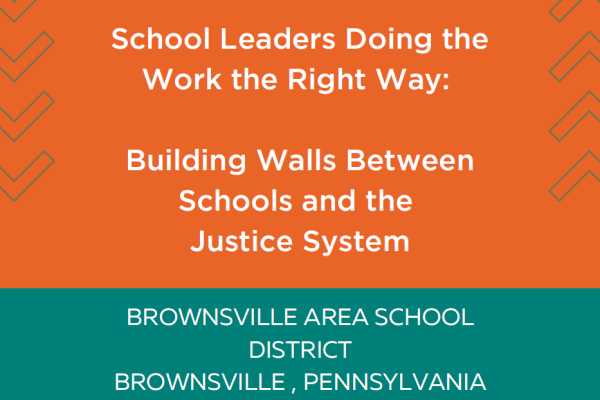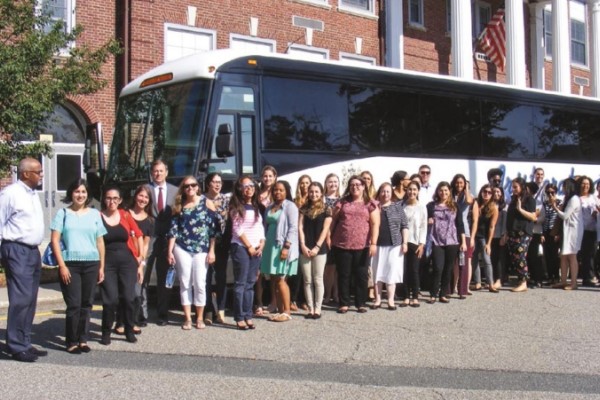Building Walls Between Schools and the Justice System District Profile: Brownsville Area School District (Penn.)
May 10, 2023

A look at one district's focus on restorative practices, which allow students to be connected to resources within the school while also having alternatives to the discipline practices.
The appointment of Keith Hartbauer as superintendent was the catalyst for changes to discipline and other policies in the district. He recognized the importance of a better way to meet the needs of students, as well as lowering out-of-school/- class time due to suspensions. Both the handbook and student code of conduct were outdated and did not meet the current needs of students or staff.
School suspensions were high, as were absenteeism rates. To address the root causes of these issues that stemmed from poverty, lack of transportation and an overwhelmed teaching staff, the district began implementing restorative practices and Positive Behavior Interventions and Supports (PBIS). It also started doing social suspensions (students were “suspended” from extracurricular activities such as dances, performances and games) to keep students in school and learning, while still punishing misbehavior.
The district’s focus has been on restorative practices, which allow students to be connected to resources within the school while also having alternatives to the discipline practices. It added two resource specialist positions to address truancy and behavior/mental health and has social workers that meet with students with individualized education plans. Additionally, through a partnership with Chestnut Ridge, the district is able to provide school-based counseling that helps remove the barrier of transportation for some students.
Located in southwestern Pennsylvania near the borders of Maryland and West Virginia, the district has 1,483 students, with 21% minority enrollment.
The district and its students have experienced many of the problems related to the opioid epidemic, including many students being raised by grandparents due to parental drug use.
The district has three schools – elementary, middle and high school – as well as a cyber school that offers virtual learning for students K-12.
Superintendent: Keith Hartbauer
Number of Students: 1,483
Demographics: 79% White; 9.9% African American; 8.8% Multiracial; 1.7% Hispanic; 0.3% Native American; 0.2% Asian
District Type: Rural
Free And Reduced Meals Rate: 58.7%
SRO in District: No
Additional Resources
With funding from the Annie E. Casey Foundation, AASA profiled five school districts that are building walls between schools and the justice system, engaging in restorative practices, working to eliminate bias and disproportionality, and providing all children with fair and equitable access to high-quality opportunities.
AASA sought districts that worked intentionally to reduced school-related juvenile justice interactions where the superintendent and school system played a key role in changes to limit youth interaction with law enforcement, school-based arrests, and juvenile justice.
Each district profiled noted the impact that Covid-19 had on their efforts. While time out of school due to the pandemic posed challenges for everyone, it also provided districts with opportunities to make bold moves, such as fully embracing Social, Emotional Learning (SEL) and eliminating SRO contracts.
Advertisement
Advertisement
Advertisement
Advertisement



